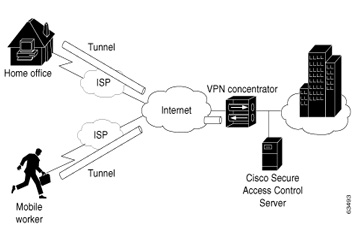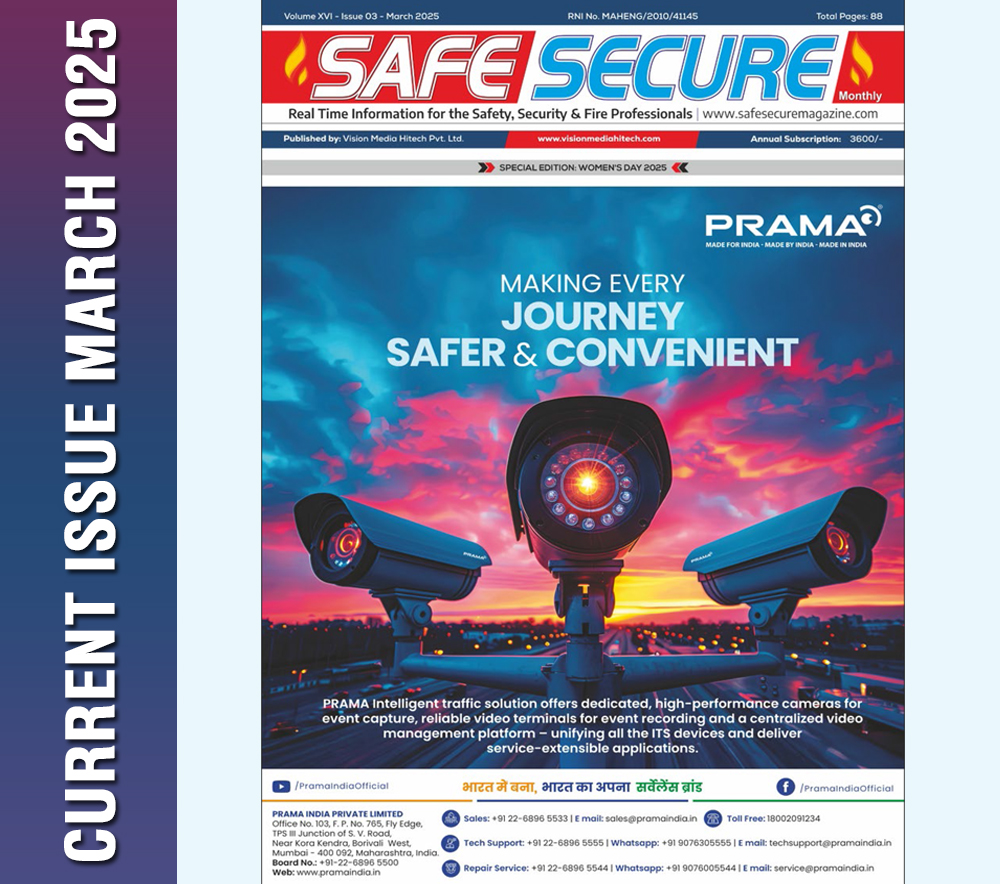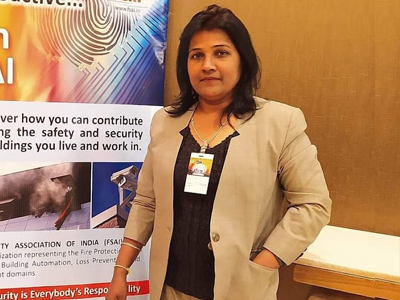Access Control Server Guide

-by Arindam Bhadra
Electronic access control systems need to be managed. The 'server' though can range across:
- • Panel based / 'serverless' systems
- • Combo workstation / server systems
- • Dedicated servers
- • Virtual servers
We explain, compare and contrast each one, including with a review of manufacturer minimum server specifications.
SERVER SPECS DETERMINED BY SYSTEM SIZE, VERSION
Typically the biggest factor when choosing an access platform version is sizing based on the overall number of doors, cardholders, schedules, or system integrations required. The smaller and less complex an access system is, the fewer servers resources required, with options ranging from 'serverless' small systems to multisite, multiple server 'enterprise' systems controlling thousands of doors.
For example, take a look at how specification varies for the platforms below:
- • Lenel goEntry (now Honeywell) vs. OnGuard: goEntry / truPortal is serverless and panel based, while OnGuard uses dedicated servers.
- • Software House SiteServer vs. Enterprise: The SiteServer appliance manages a fraction of the doors and users possible with Enterprise.
- • RS2: Offerings ranging from workstation based
- • DSX: While dedicated server dependent for even small systems, DSX supports virtualization (other access platforms do too) proving options on how many and how strong system servers should be.
- • S2: A differentiation of S2's offerings are that they are completely 'serverless' designs, instead hosting all software inside controller panels.
In the sections below, we examine the four basic system architectures and which type of servers are required for each option.
PANEL BASED SYSTEMS
Some access systems are 'serverless' because the system controllers or panels themselves contain the hardware for administering the system. No external or additional server is needed for production use.
This architecture is most common in small or highly dispersed access systems, where installing and maintaining multiple servers would be very costly.
Examples of panel based architecture include:
- • Axis Entry Manager
- • HID Edge SOLO
- • Vanderbilt BrightBlue
- • Honeywell NetAXS-123
- • Interlogic truPortal (formerly Lenel goEntry now Honeywell portal)
- • S2
While being panel based defrays the cost of additional servers, performance can be quite sluggish and storage limited compared to server based alternatives. Integration with panel based systems is also very limited, with almost no examples of externally reference shared databases or video surveillance integration in the market.
Enterprise class serverless platforms are available, with offerings like S2's Netbox or Linear's Emerge being familiar examples.
COMBO WORKSTATION/SERVER SYSTEMS
The next tier are 'combination' servers, where the parent management application is light enough it can be installed as a concurrent service running on multi-tasked workstations. The size of systems using this server option are still small, although multiple servers can typically be combined in a central management platform. Outside integrations with other systems are possible
Often, these types of software are bundled in non-enterprise versions running on appliances:
- • Genetec's SV16
- • Milestone Husky
- • SoftwareHouse C*CURE 9000 Site Server
While 'software-only' versions feature installations where server and clients placed on the same workstation:
- • RS2 AccessIt Lite
- • Infinias Intelli-M
- • Keyscan System VII
In general, workstations for these types are modest dual core, 8GB RAM, Windows OS personal computers that can be used in general office duty while serving as access server.
DEDICATED SERVER SYSTEMS
At the enterprise level, system management and databases can grow to be so large and expansive, dedicated server hardware is required. In many cases, cardholder database and access permission rules can be tens of thousands of records, and drawing from general corporate SQL databases is mandatory to control management costs.
Also at this level, integration with other systems like payroll, visitor management, and even accounting systems are commonly required. Features like fail-over, data mirroring, LDAP/Active Directory support, and cross-domain networking of access devices are routinely needed. For these complex implementations, dedicated servers (and even multiple servers) are typically required.
Incumbent brands like Lenel, Software House and other enterprise platforms use dedicated servers. The below details a C*CURE 9000 Enterprise system:
Usually dedicated servers in this class are specified as multiple cores, Server OS, rack mount units designed for enterprise management and use.
VIRTUAL MACHINES
Unlike Video Management Platforms where virtualization is often discouraged, using virtual servers to host physical access software is common and even officially supported by many vendors. The specific requirements, limitations, and virtualization platform support vary according to access control system. The image below details DSX's requirements:
MINIMUM SERVER SPECIFICATIONS
Choosing the exact computer needed for an access install is spelling out in minimum requirement specifications like the ones below:
- • Lenel OnGuard ES (min Xeon E5-1607 v2, Quad Core, 3.0GHz, 16GB RAM)
- • SoftwareHouse (min Intel 3.4 GHz with 64-bit CPU, 8GB RAM)
- • RS2 (min Pentium Dual Core or AMD Athlon II 2.00GHz, 8GB RAM for 64bit OS)
- • Keyscan (min Pentium Dual Core 2.20GHz, 8GB RAM)
- • Paxton (min Pentium Dual-Core 2.00GHz, 8 GB RAM)
However, additional roles can impact the minimum build needed. Other factors include:
ADDITIONAL FUNCTIONS IMPACTING SERVER SIZE
On occasion, certain functions are run on the access control management server, such as:
- • Main Operator Interface: If the access server also hosts the main interface client, especially if video surveillance is integrated, the overall build of the server (especially video card performance) may need to increase.
- • Visitor Managment Kiosk: Another common add to access platform servers are Visitor Management Systems.
- • Enrollment Station / Badge Printing: Access platforms typically onboard new cardholders and generate credentials through separate applications. In many cases, these can be combined with base access management software, but may impact hardware requirements.
DATABASE INTEGRATION
The most common connection between an access management system and a network environment is the database. In the interest of maintaining the minimum number of datasets and creating records once, the access system often ties into a master roster kept in enterprise grade databases.
Integrating to these platforms often requires a hardware overhead of its own, and licensing an access server to access these records can drive additional resources.
(This "TECH UPDATE" Published in January 2024 Edition)





.png)







